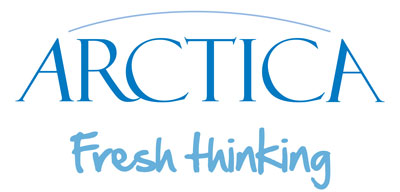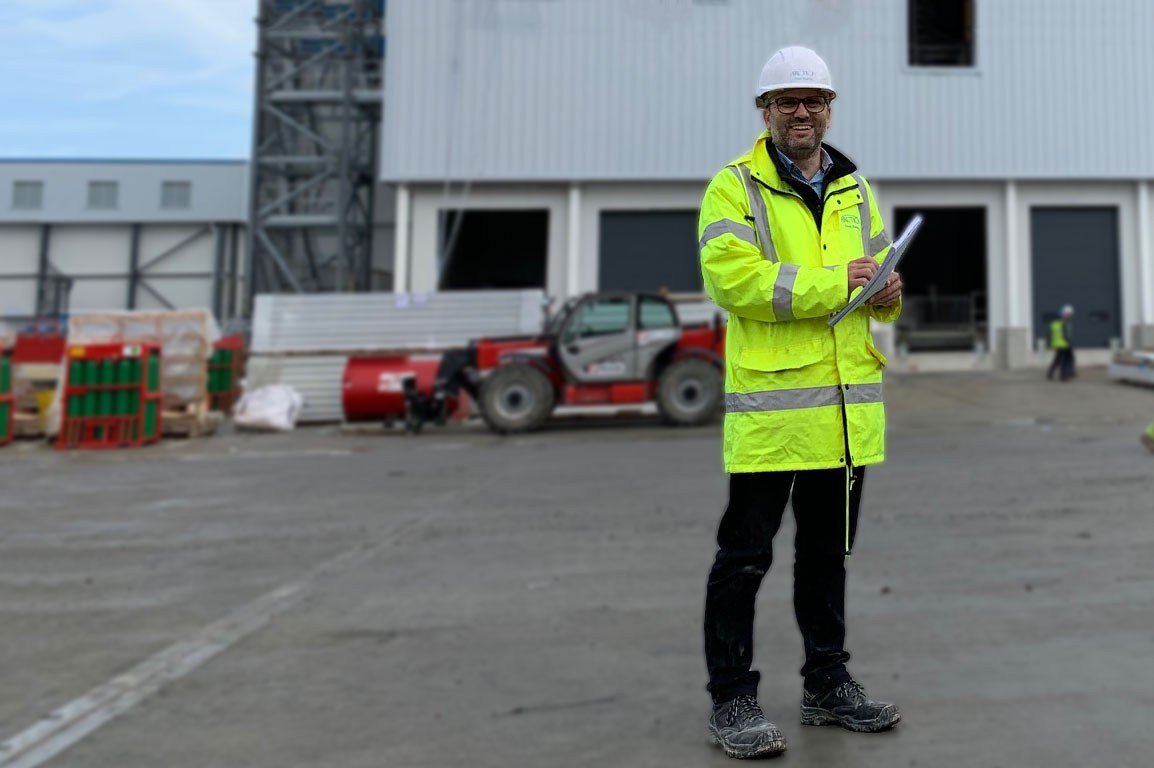Introduction
The UK’s vegetable processing industry is a cornerstone of our food supply chain, transforming fresh produce into a myriad of products that grace our supermarket shelves. As consumer demand for convenience and ready-to-eat meals surges, the pressure on processors to deliver high-quality, safe, and efficient operations intensifies. Central to achieving these goals is the design of the processing facility itself. A well-conceived vegetable processing factory is not merely a building; it’s a finely tuned machine that transforms raw materials into finished products with minimal waste and maximum output.
The Importance of Factory Design
A thoughtfully designed vegetable processing factory is the bedrock of operational success. Its layout, equipment, and infrastructure directly impact efficiency, product quality, and food safety. A poorly designed facility can lead to bottlenecks, increased labour costs, and even product recalls. Conversely, a well-designed factory can streamline operations, reduce waste, and enhance profitability.
Key Considerations for Vegetable Processing Factory Design
Material Handling: The Backbone of Efficiency
Efficient material handling is the lifeblood of any vegetable processing plant. From the moment raw produce arrives until finished products are dispatched, the smooth flow of materials is paramount. Conveyors, elevators, and sorting equipment are essential tools in this process.
Optimising Material Flow: A well-designed layout ensures a logical progression of produce through the facility. Minimising backtracking and unnecessary handling reduces labour costs and product damage. Arctica has extensive experience in designing efficient material handling systems for vegetable processors, ensuring that every square metre of your facility is utilised effectively.

Sanitation Protocols: Protecting Your Product and Your Reputation
Food safety is non-negotiable in the food processing industry. A robust sanitation program, underpinned by a well-designed facility, is essential to protect consumers and maintain your reputation.
Creating a Hygienic Environment: Surfaces should be smooth, non-porous, and easy to clean. Designated washdown areas with adequate drainage are crucial. Proper ventilation systems help to maintain air quality and prevent contamination. Adherence to stringent sanitation protocols, such as those outlined in BRC Global Standard for Food Safety, is essential.
Temperature Control: Preserving Quality
Maintaining optimal temperature throughout the processing chain is vital for preserving the freshness, flavour, and nutritional value of vegetables. From incoming produce to finished products, precise temperature control is essential.
Insulation and Refrigeration: Insulated panels, refrigeration units, and temperature-controlled storage areas are key components of a well-designed vegetable processing factory. Regular monitoring and maintenance of temperature control systems are essential.
Maximising Space Utilisation: Making the Most of Your Facility
In an industry characterised by rising land and building costs, maximising space utilisation is crucial. A well-designed facility can accommodate increased production without the need for costly expansion.
Vertical Integration: Consider utilising vertical space through the installation of mezzanines or multi-tiered processing lines. This can significantly increase production capacity without expanding the footprint of your building.
Flexible Design: Incorporate flexible design elements that allow for future expansion or changes in product lines. This will future-proof your facility and protect your investment.
The Benefits of a Well-Designed Vegetable Processing Factory
Investing in a well-designed vegetable processing factory yields significant benefits:
- Increased Efficiency: Streamlined operations, reduced labour costs, and higher output.
- Improved Product Quality: Minimal product damage, consistent quality, and longer shelf life.
- Enhanced Food Safety: Reduced risk of contamination, compliance with food safety regulations.
- Lower Operational Costs: Energy efficiency, reduced waste, and optimised resource utilisation.
- Improved Employee Morale: Safe and ergonomic working conditions.
Conclusion
A vegetable processing factory is a complex system with many interconnected elements. A well-designed facility is the cornerstone of operational success, enabling processors to meet the increasing demands of the market while maintaining the highest standards of quality and safety.
Arctica has a proven track record in designing and building world-class vegetable processing facilities. Our team of experts can help you create a facility that is tailored to your specific needs and drives your business forward.




